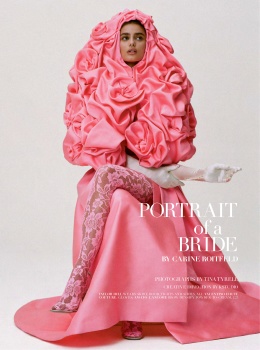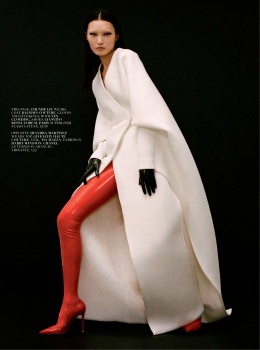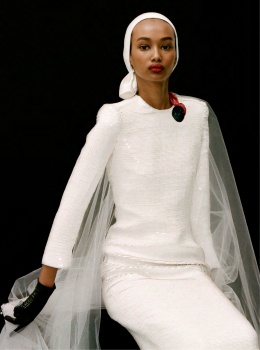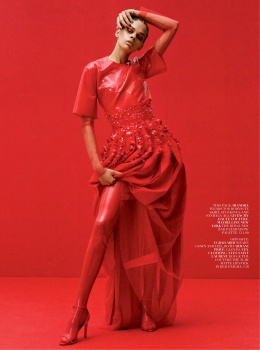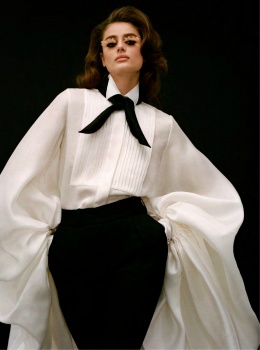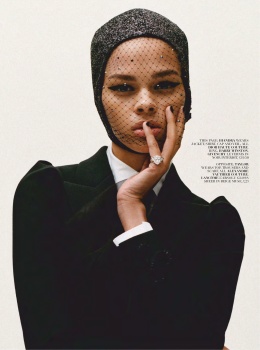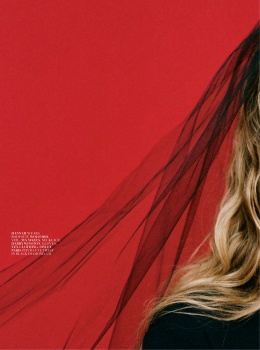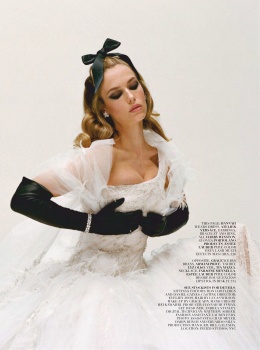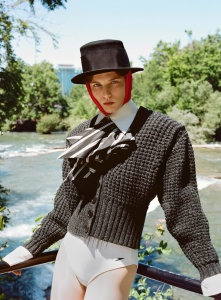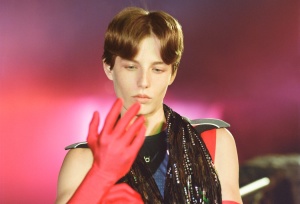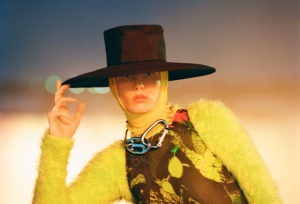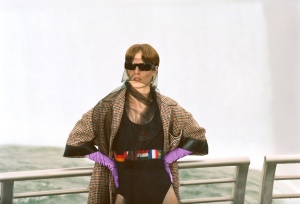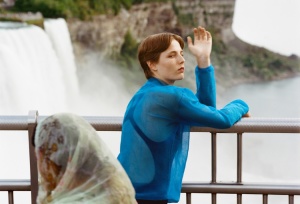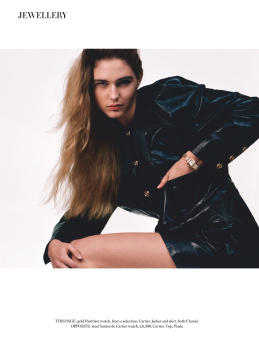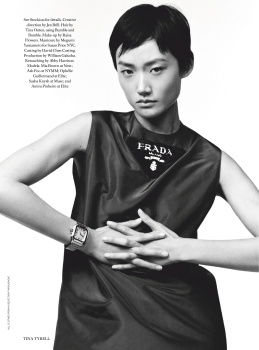Benn98
Well-Known Member
- Joined
- Aug 6, 2014
- Messages
- 42,582
- Reaction score
- 20,742

With Ethan Pomerance
Tina Tyrell is 31, was born and raised in Los Angeles, and lives and works in New York City.
MOSSLESS: What was it about photography that attracted you when you started?
TINA TYRELL: When I was 12 I remember having brunch at the Bel-Air Hotel with my mother and some family friends. One of the daughters was older than me by about 6 years, and I looked up to her, as I had known her my whole life. She had been living in Paris, and had begun doing photography. She described a nude self portrait she had done of herself in front of the Eiffel Tower (she was pretty wild and was an early adopter of tattoos also). I had a very clear vision flash into my mind of the photograph, and simultaneously, an image of myself as a photographer constructing images like that. About 3 years later the opportunity arose in high school for me to take an art elective. I chose photography. I soon realized I had a natural ability for it, as well as a love of the entire process, and have been a photographer ever since. That was 16 years ago now. And incidentally, I never saw the actually photograph that my family friend described. I would love to see how it compares to my vision of it, which I still have very clearly, as I did then.
ML: Your work has a strong fine art feel to it - what inspired you to start shooting fashion?
TT: It is fashion that informs my work over fine art actually, since I look at almost everything through the lens of a fashion aesthetic. When I was young I had no idea that any other type of photographer existed actually. In college I learned a bit about this genre of “fine art” photography, but to me it looked less artistic than the fashion photos I was absorbing at the time. Perhaps because I learnt nothing at my school, of concept, it was all technique and aesthetics. When I was in my high school photography class I would ask friends if I could photograph them and dress them up and shoot it as though it were a sort of fashion shoot. Its still really hard for me to divide the line, and many people think I do so many different kinds of work, but I see it as all the same work, only different subjects. But for me, fashion has been the most commercially viable medium, still on a personal level, I meet people, and ask if I can dress them up and shoot them.
ML: Your work for the Suno campaign was beautiful! What’s been your favorite photographic assignment?
TT: Id say shooting in Kenya for SUNO is right up there. I had never done a location shoot like that, 3 days, sun up to sun down shooting all day. Shooting on a boat, with a herd of donkeys, etc. Im always a little nervous about being so conspicuous when shooting since my main concern is the comfort of my subject, but the people there were so kind, they all thought the models were movie stars. It was incredible. Also, to be on a shoot that has such an incredible team really is the high point. Photography is extremely collaborative, and when you are working with people you like and everyone is facilitating the others creative process it is really the best feeling I can think of. I also really enjoyed my portrait assignments for The New Yorker. They would get a great portrait out of you by requesting 3 unique set ups and ask you to conceptualize the shot and show them a proposal before the shoot. Ive never worked for anyone who puts that much into a portrait. And I like it. It reminded me of how the old days of portrait shooting must have been, which were sort of the glory days of portrait photography, for Esquire, Vanity Fair, and Rolling Stone etc. Now all people care about is that you do it as cheap as possible.
ML: What advice, if any, would you give emerging photographers?
TT: The ground beneath our feet is shifting so rapidly its really hard to know what is going on or what the future is of this industry. I suppose my first piece of advice is to really make sure, as they often say about artists, that you really cant do anything else in this world, because its going to require that kind of love, devotion and a lot of stamina to buoy you through all the uncertainty and creative thinking that a career in photography requires. You cant use just one side of your brain, being a photographer requires that you utilize every skill set you can imagine, as a creative problem solver, a business person, you must be socially at ease so as to connect with your subjects/clients, a self promoter/PR person, a technician, etc. Its rather endless and QUITE overwhelming.
Mossless@Tumblr/NY Times

